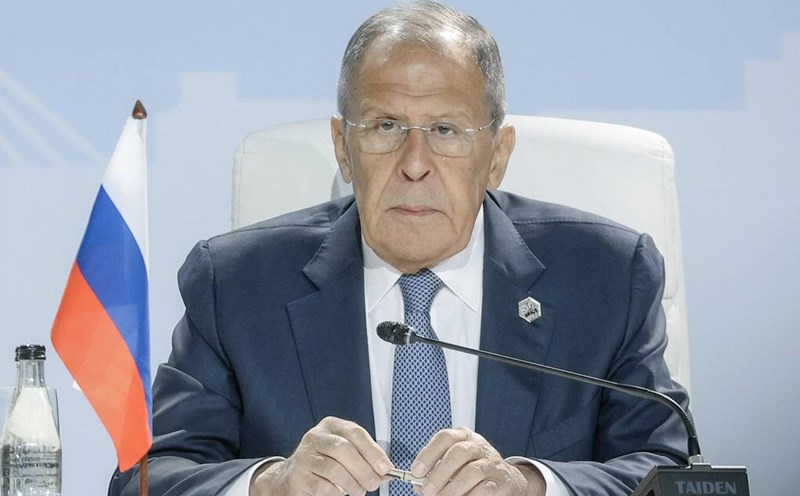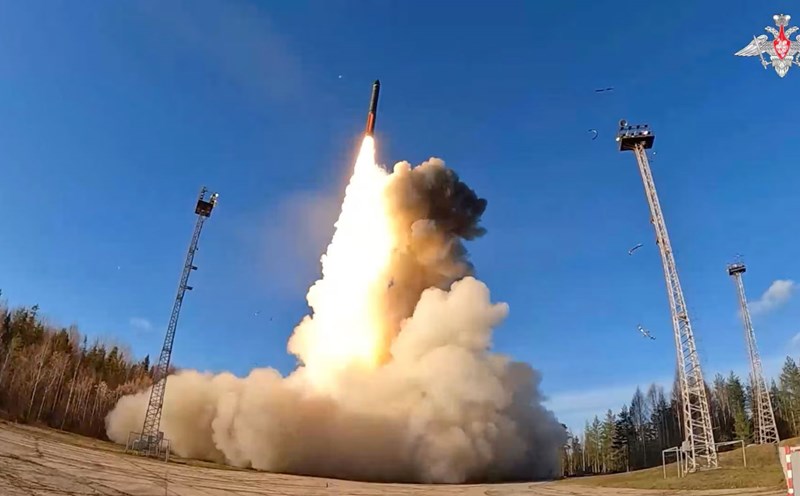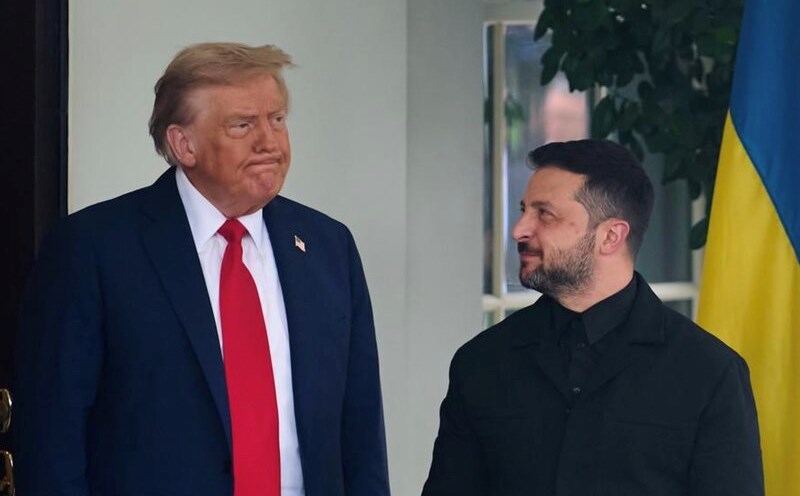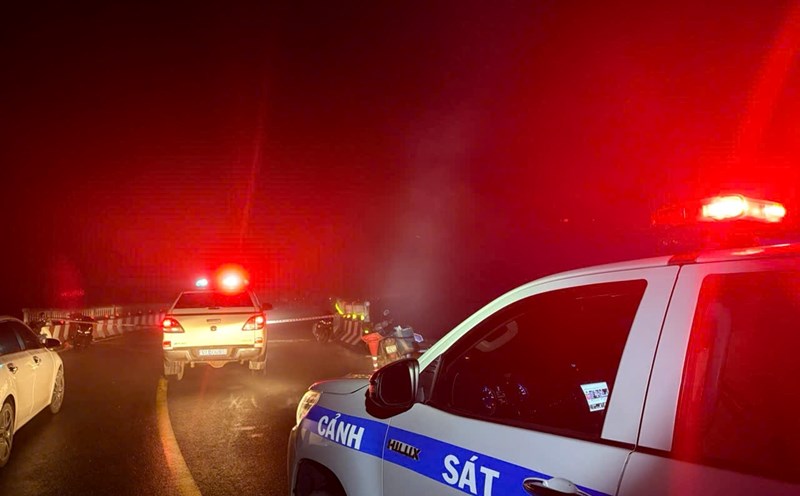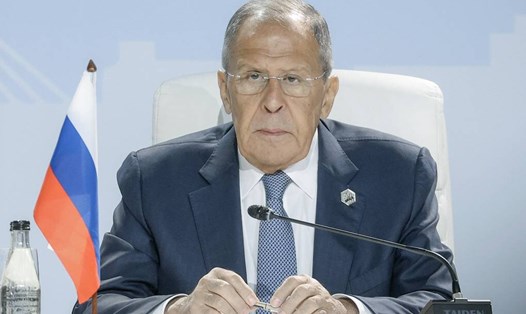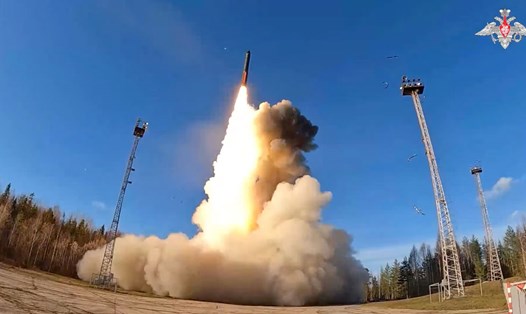On October 27, speaking to reporters on Air Force One, President Trump said: They are not joking with us, and we are not joking with them. We still test missiles regularly.
President Trump also mentioned the presence of two nuclear attack subscribers he had mobilized to a sea area near Russia in August to ensure security, implicitly asserting that the US could still maintain deterrence without missiles.
We dont need to go far, Trump said.
The US leader also criticized the announcement of the test as inappropriate and noted that Russia should focus on how to resolve the conflict with Ukraine that is at risk of lasting for the first time in 4 years rather than testing missiles.
Previously, on October 26, General Valery Gerasimov, Chief of the General Staff of the Russian Armed Forces, said that the country had tested a new cruise missile capable of carrying a nuclear warhead and using nuclear energy, named Burevestnik.
According to Gerasimov, the test, which took place from October 21, showed that the Burevestnik missile is capable of operating in the air for about 15 consecutive hours, with a distance of 14,000km.
The latest test includes flights testing their ability to avoid interception.
The Burevestnik missile, which uses a small nuclear reactor, is designed to be able to fly for long periods of time, even months and attack from unpredictable directions. Therefore, Russia expects this type of weapon to enhance strategic deterrence capabilities when it is mobilized.
The Burevestnik is also considered significantly smaller and cheaper than the traditional intercontinental ballistic missile, which carries a bullet in close-range orbit.

